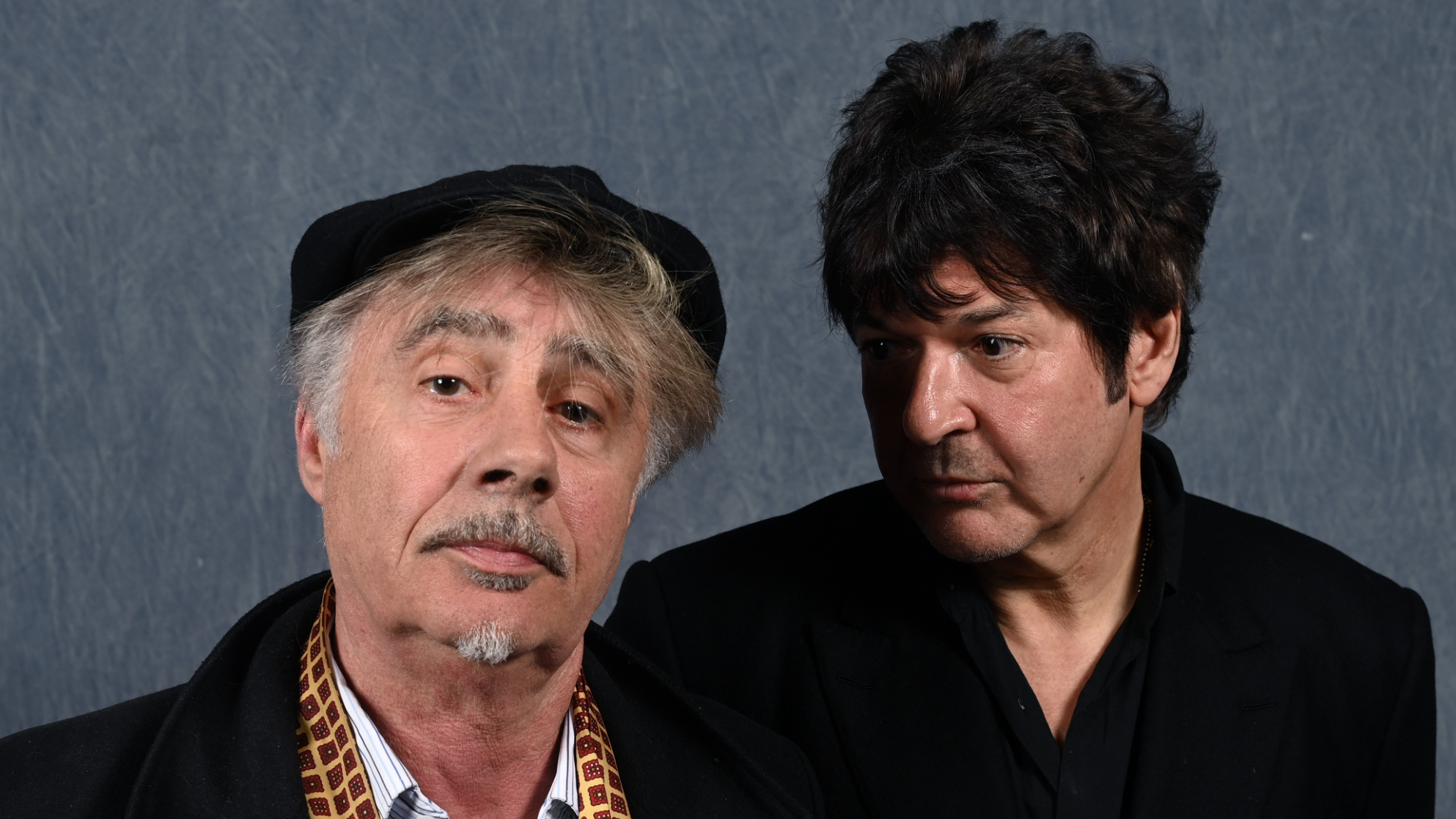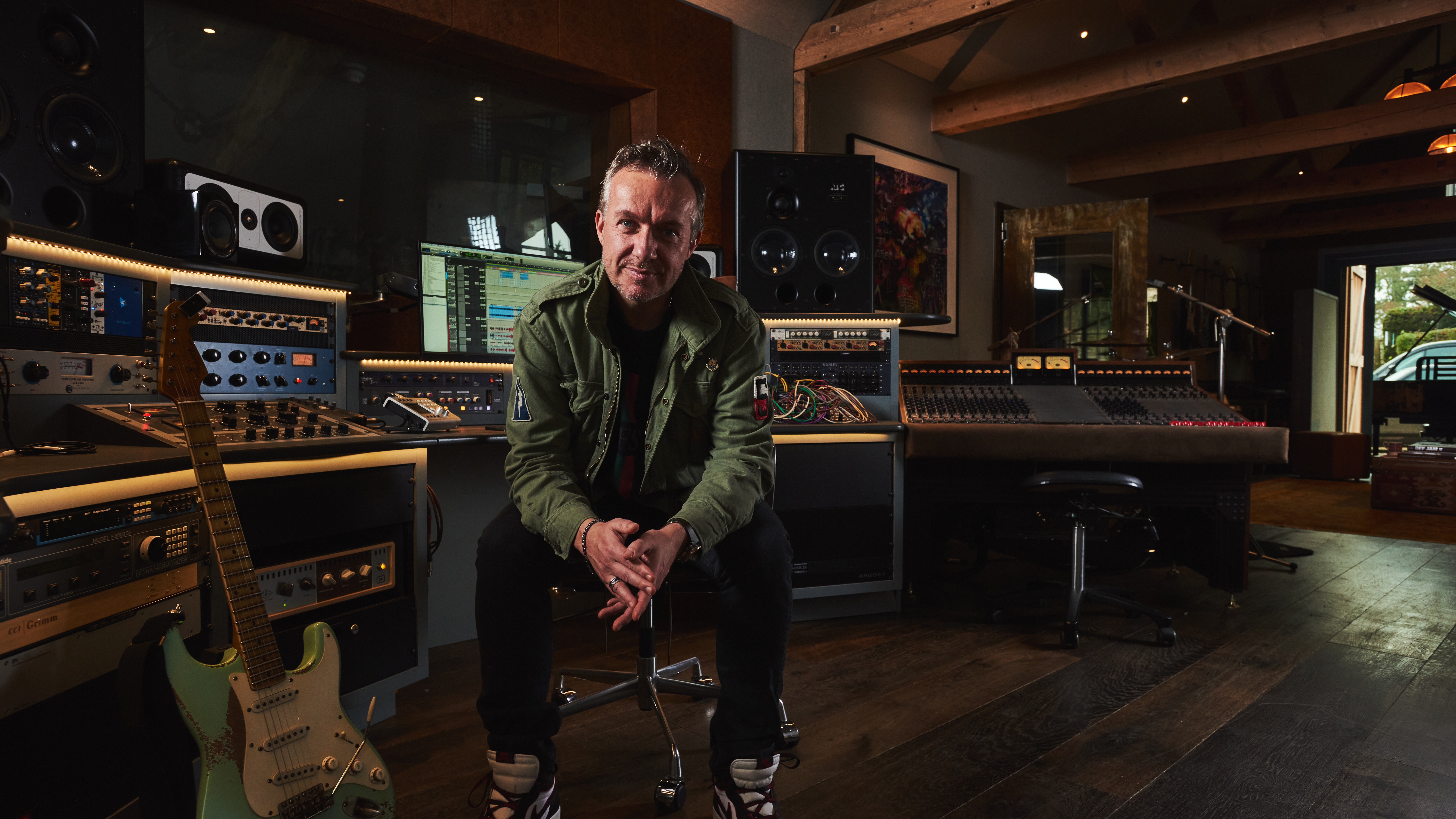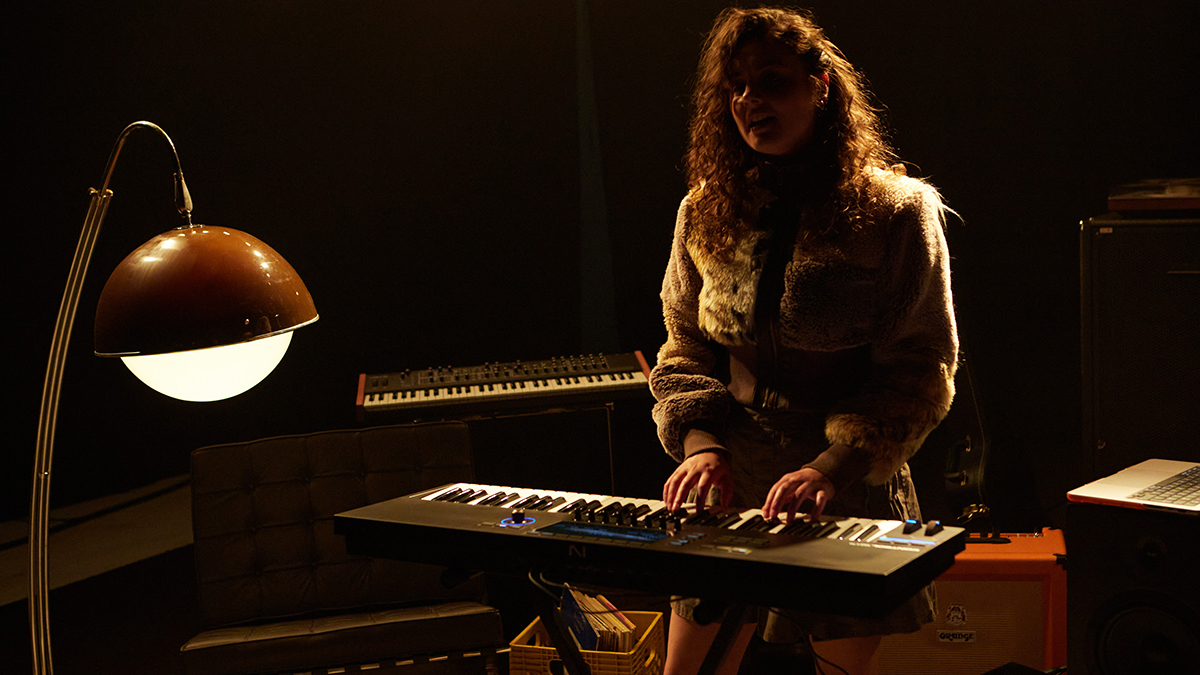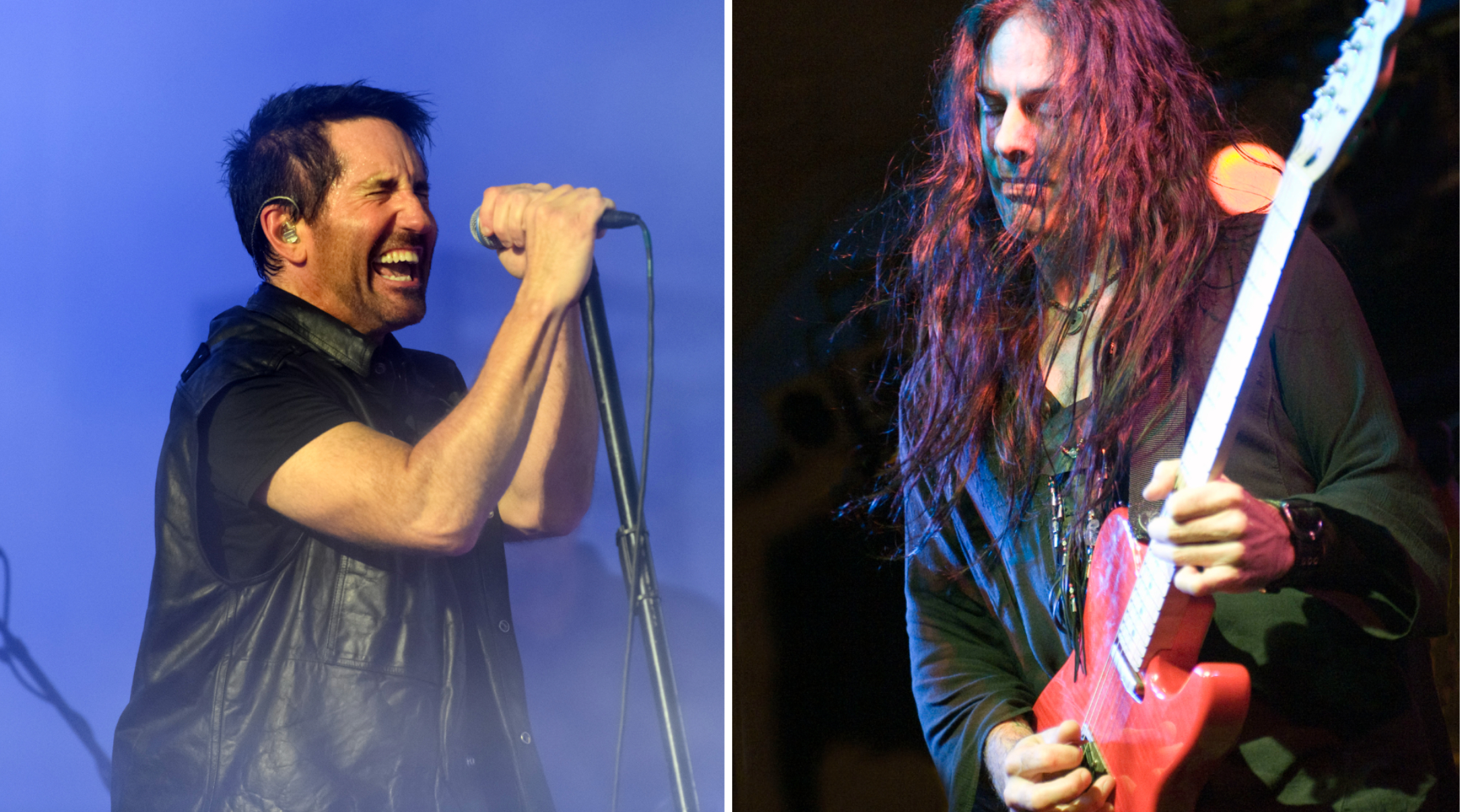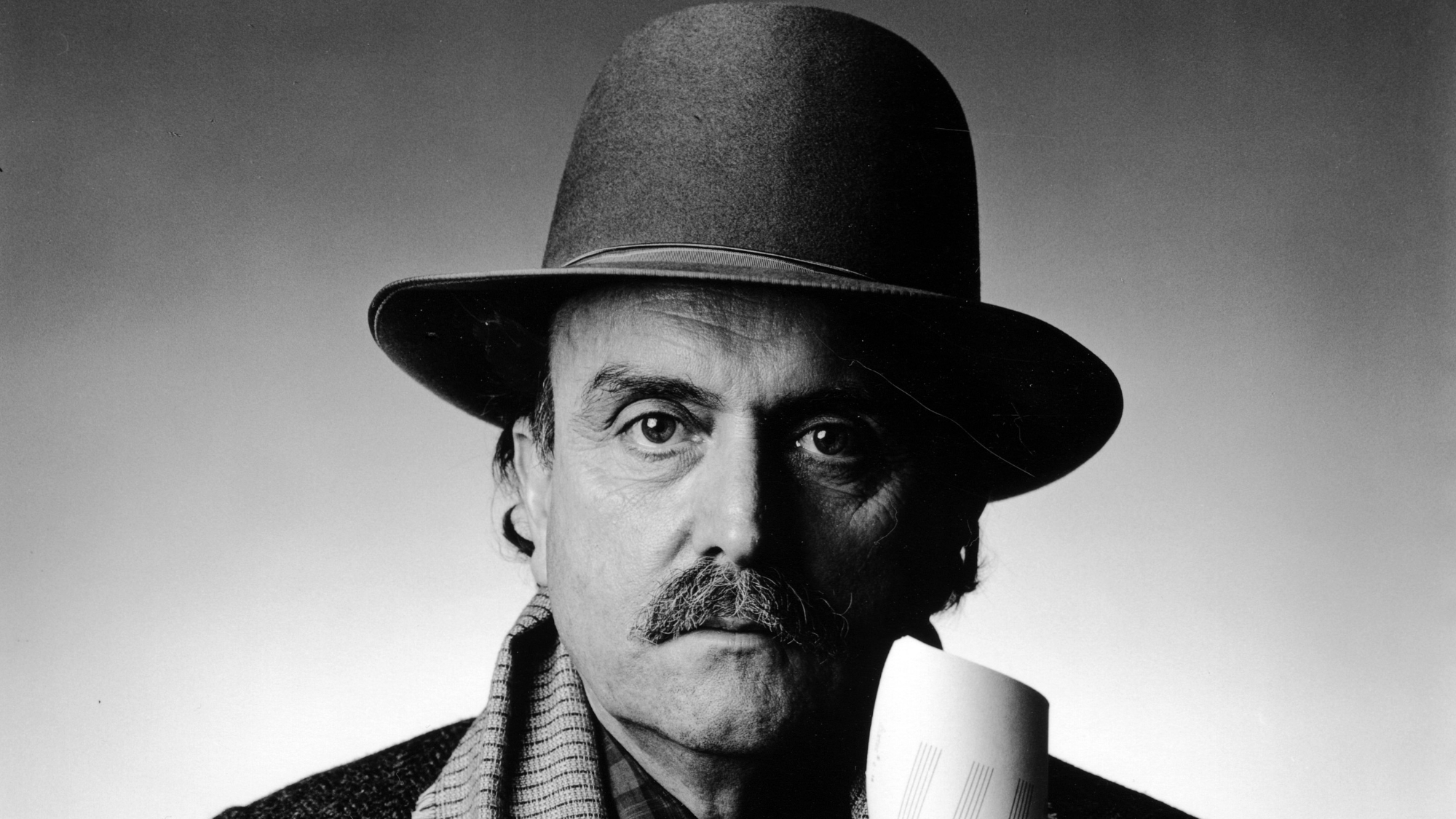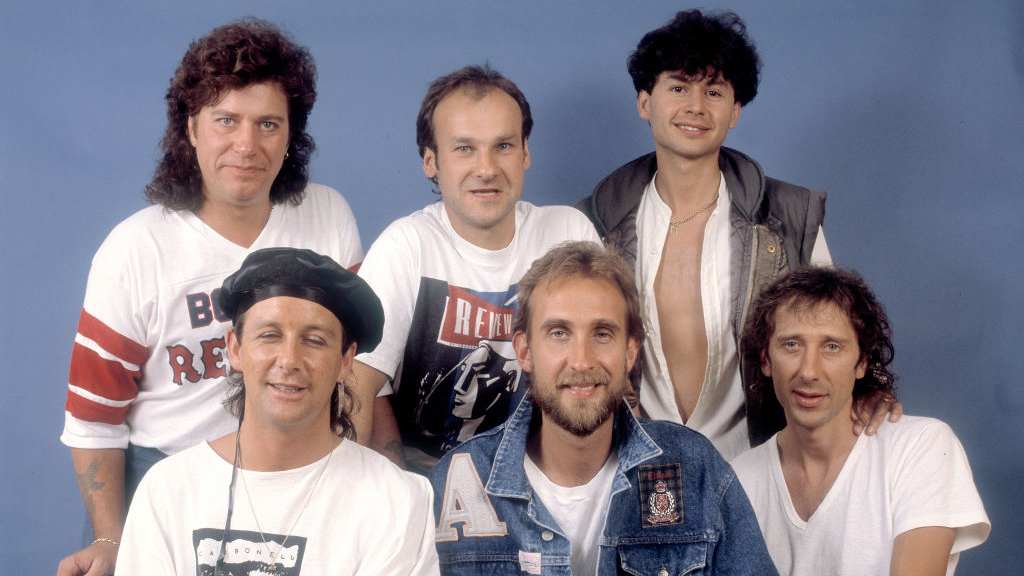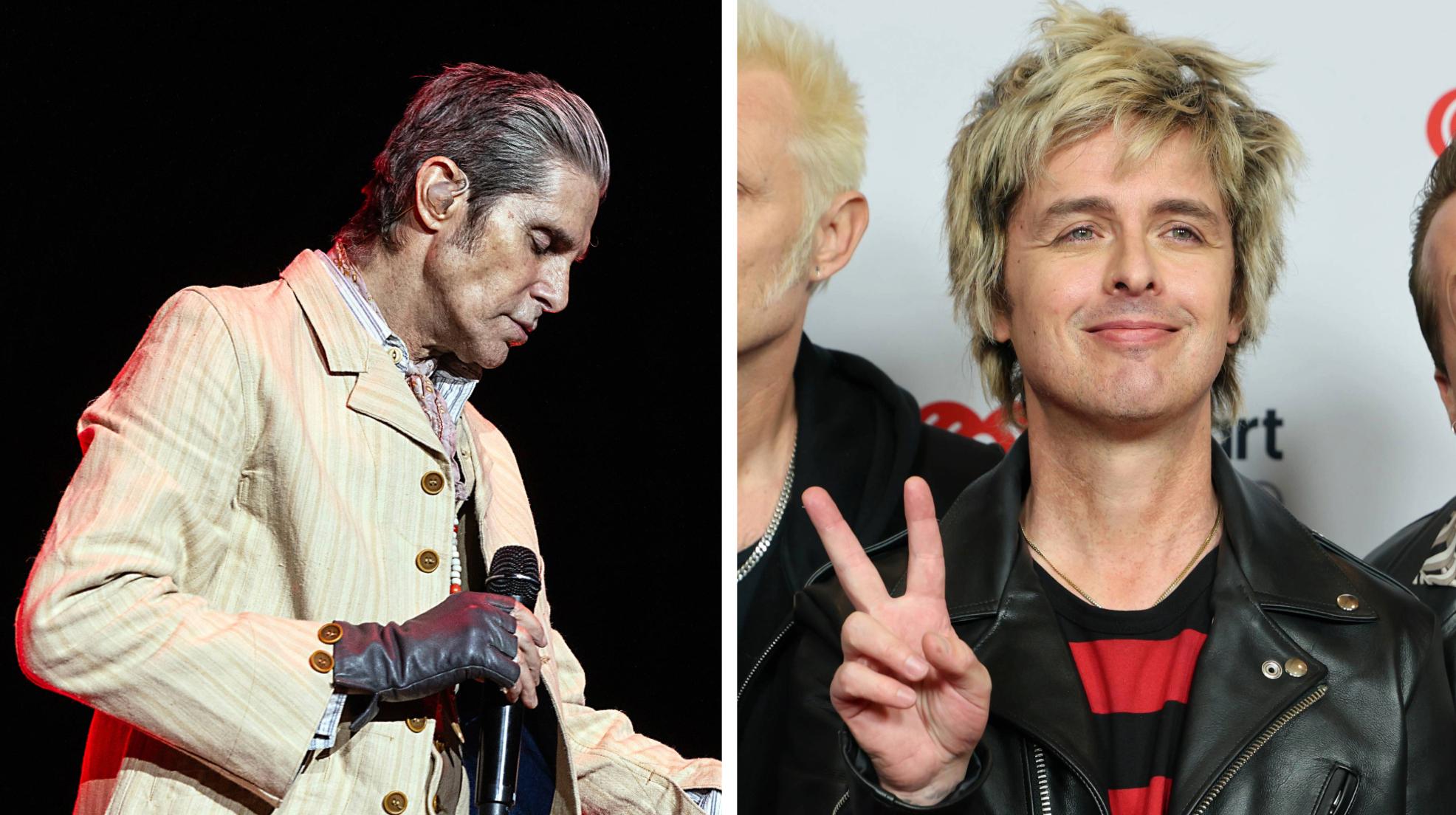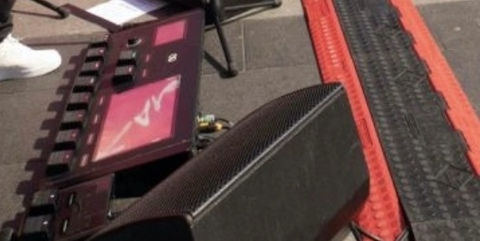Billy Gibbons shares tone secrets from his latest solo album, Hardware
Recorded in the California desert, Hardware saw the ZZ Top icon reach for an offset and deploy his secret bass weapon – A Little Thunder pickup

Recorded way out in the California desert in the company of Matt Sorum on drums and Austin Hanks on guitar, with various rattlesnakes and cacti for ambience, Billy F Gibbons latest solo album, Hardware, is wall-to-wall rock ’n’ roll mojo.
And it makes particularly essential listening for electric guitar enthusiasts and tone chasers. As ever, the sounds coming out of the speakers are reference quality, a prime example of what a genius rock ’n’ roll player can do when putting the instrument through a quality amplifier. But there is more than meets the eye.
In a recent interview with Guitar World, Gibbons peeled the curtain back behind the recording and talked through some of the gear choices that helped them find a sound, revealing that a Fender Jazzmaster played its part – and furthermore, how the trio approached recording the bass guitar parts with no bass player on the payroll.
Some of the more traditional be were handled on a regular bass. “We found an old Fender Jazz – ’64 or ’65 – in the studio and everyone had a go,” said Gibbons. “The unusual one was watching Matt step out from behind the drums and slamming down on a bass guitar. It was quite a surprise.“
When Austin and I are playing this device, it’s actually not a trio but a five-piece band. We had not one but two bass guitars to the mix, so it’s a powerhouse
But anyone who has caught the trio on tour will know that somehow Gibbons and Hanks have an ingenious method for sharing bass duties with no bassist – a custom humbucker from A Little Thunder pickups – and while holed up out in the desert, it was the obvious choice for expanding the lineup with low end without sending out for reinforcements.
“When Austin and I are playing this device, it’s actually not a trio but a five-piece band. We had not one but two bass guitars to the mix, so it’s a powerhouse,” explained Gibbons, who admitted he was sceptical when James Trussart, who shared a facility with A Little Thunder pickups’ Andy Alt, first recommended it to him.
“James said, ‘No, this one is really different.’ And he was right!,” said Gibbons. “It’s intuitive in that it’s able to identify the bottom three strings of the guitar and also you can assign the task of ‘low note priority,’ which means the pickup has the ability to identify the lowest note and throw it down an octave – or two octaves! It’s a very sophisticated piece of gear. It works as a regular guitar pickup, and then when you engage the octave-lower segment, it throws that in.”
Get the MusicRadar Newsletter
Want all the hottest music and gear news, reviews, deals, features and more, direct to your inbox? Sign up here.
Both Gibbons and Hanks dropped their A Little Thunder pickups into custom-built Bolin Guitars. In the studio, they ran both signals through a wall of Magnatone stacks, but when performing live they split the signal, sending the dry signal is sent to a guitar amp and the processed octave-down effect is sent to a bass amp.
Gibbons is right: the A Little Thunder pickup is a clever piece of kit. A PAF-style blade pickup, it fits any guitar with a humbucker cavity, keeps the six-string guitar signal clear while adding a single-octave or two-octave down effect that can be applied to one, two or three of your lowest strings. It also allows you to combine both octave down effects for maximum effect, and is charged via Micro USB connection for up to 16 hours of continuous playing time.
Of course, when playing live, the trick is all the more impressive when the audience is hearing a bass player and there is only the three of them on the stage. This clearly tickles Mr Gibbons. “Austin and I were just going about things as we normally would,” he said. “It was quite mystifying to those attending the event. They were hearing a bass guitar and going, ‘Where is the bass player? Is he behind a curtain somewhere?’”
As for the other tones on Hardware, Gibbons explained that while their own gear was get to arrive they just used whatever was lying around. Gibbons even used a Jazzmaster through a ’61 Fender ‘Piggyback’ amp and a Fender outboard spring reverb tank “in fine working shape“ – a retro 'verb splash that adds a little surf rock sea spray to West Coast Junkie.
Hardware is named in tribute to Joe Hardy, the legendary engineer who worked with ZZ Top for 30-plus years and co-produced and played bass on Gibbons’ 2018 solo album, The Big Bad Blues. It features guest spots from roots rock sister act Larkin Poe and is available now via Concord Records.
Jonathan Horsley has been writing about guitars and guitar culture since 2005, playing them since 1990, and regularly contributes to MusicRadar, Total Guitar and Guitar World. He uses Jazz III nylon picks, 10s during the week, 9s at the weekend, and shamefully still struggles with rhythm figure one of Van Halen’s Panama.
"Reggae is more freeform than the blues. But more important, reggae is for everyone": Bob Marley and the Wailers' Catch a Fire, track-by-track
“Part of a beautiful American tradition”: A music theory expert explains the country roots of Beyoncé’s Texas Hold ‘Em, and why it also owes a debt to the blues

